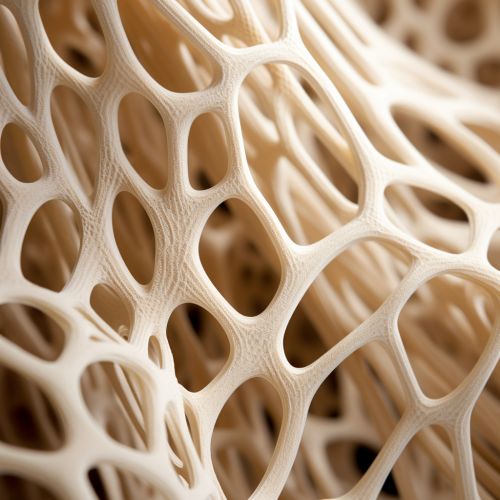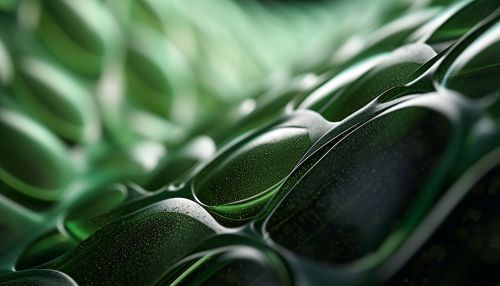Biodegradable Polymers
Introduction
Biodegradable polymers are a type of polymer that decomposes after its intended purpose through the action of living organisms, primarily microorganisms. These polymers are produced from renewable resources and are designed to minimize the environmental impact caused by persistent, non-degradable plastics.
History
The concept of biodegradable polymers is not new. The first known biodegradable plastic, polyvinyl alcohol, was created in 1926. However, it was not until the 1970s that the development of biodegradable polymers gained significant attention due to growing environmental concerns.


Types of Biodegradable Polymers
There are several types of biodegradable polymers, each with unique properties and applications. These include:
- Polylactic Acid (PLA): Derived from corn starch or sugar cane, PLA is one of the most common types of biodegradable polymers. It is used in packaging, agriculture, medical devices, and 3D printing.
- Polyhydroxyalkanoates (PHA): PHAs are produced by bacterial fermentation of sugar or lipids. They are used in packaging, agriculture, and medical applications.
- Polybutylene Succinate (PBS): PBS is a biodegradable aliphatic polyester with properties similar to polypropylene. It is used in packaging, agriculture, and automotive applications.
- Polycaprolactone (PCL): PCL is a biodegradable polyester with a low melting point and high flexibility. It is used in medical applications and for the production of high-performance polyurethanes.
Production
The production of biodegradable polymers involves several steps, including the extraction of raw materials, polymerization, and processing into final products. The exact process varies depending on the type of polymer and its intended application.
Applications
Biodegradable polymers have a wide range of applications due to their diverse properties. Some of the most common applications include:
- Packaging Materials: Biodegradable polymers are used to produce various types of packaging, including food packaging, agricultural films, and shopping bags.
- Medical Devices: Biodegradable polymers are used in the production of medical devices such as sutures, stents, and drug delivery systems.
- Agricultural Applications: Biodegradable polymers are used in agriculture for controlled-release fertilizers, seed coatings, and mulch films.
Environmental Impact
Biodegradable polymers have the potential to significantly reduce the environmental impact of plastic waste. However, their degradation rate and the resulting byproducts can vary greatly depending on the type of polymer and the environmental conditions.
Future Perspectives
The future of biodegradable polymers looks promising, with ongoing research and development aimed at improving their properties and expanding their applications. However, challenges such as cost and performance compared to traditional plastics must be addressed.
